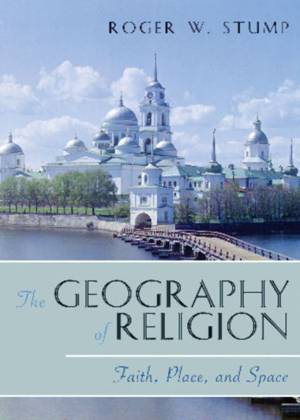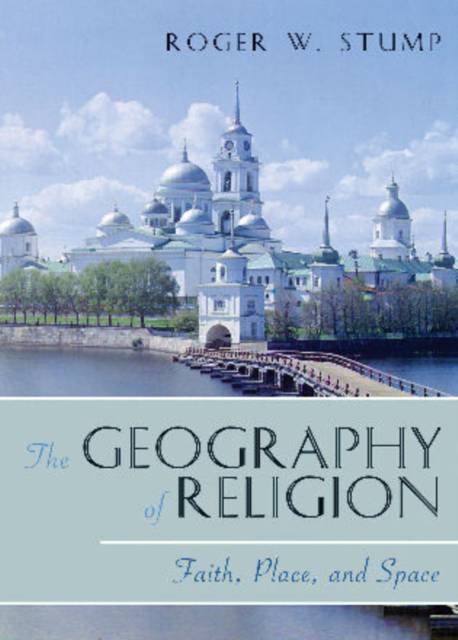
Je cadeautjes zeker op tijd in huis hebben voor de feestdagen? Kom langs in onze winkels en vind het perfecte geschenk!
- Afhalen na 1 uur in een winkel met voorraad
- Gratis thuislevering in België vanaf € 30
- Ruim aanbod met 7 miljoen producten
Je cadeautjes zeker op tijd in huis hebben voor de feestdagen? Kom langs in onze winkels en vind het perfecte geschenk!
- Afhalen na 1 uur in een winkel met voorraad
- Gratis thuislevering in België vanaf € 30
- Ruim aanbod met 7 miljoen producten
Zoeken
€ 178,95
+ 357 punten
Omschrijving
The only book of its kind, this balanced and accessibly written text explores the geographical study of religion. Roger W. Stump provides a full and impartial discussion of religious doctrines, beliefs, events, and practices. The author's broad, comparative approach is bolstered by a wealth of case studies ranging from the major world religions to a diversity of indigenous, unconventional, and extinct religions. Illustrating religious concepts with both traditional and current examples, Stump considers the historical and contemporary interactions between religion and a wide range of social, political, and cultural phenomena. Presenting geographical and religious ideas in accessible language, the book offers an invaluable and unique examination of the intersection of religious belief and practice with the concepts of place and space.
Specificaties
Betrokkenen
- Auteur(s):
- Uitgeverij:
Inhoud
- Aantal bladzijden:
- 442
- Taal:
- Engels
Eigenschappen
- Productcode (EAN):
- 9780742510807
- Verschijningsdatum:
- 4/04/2008
- Uitvoering:
- Hardcover
- Formaat:
- Genaaid
- Afmetingen:
- 186 mm x 255 mm
- Gewicht:
- 1093 g

Alleen bij Standaard Boekhandel
+ 357 punten op je klantenkaart van Standaard Boekhandel
Beoordelingen
We publiceren alleen reviews die voldoen aan de voorwaarden voor reviews. Bekijk onze voorwaarden voor reviews.









